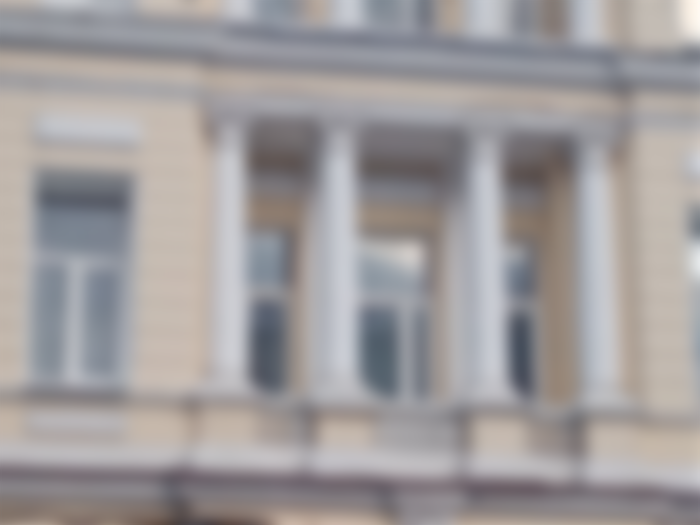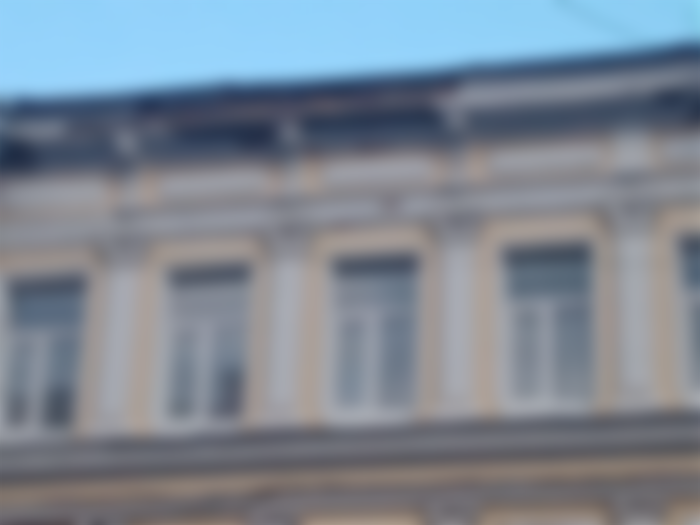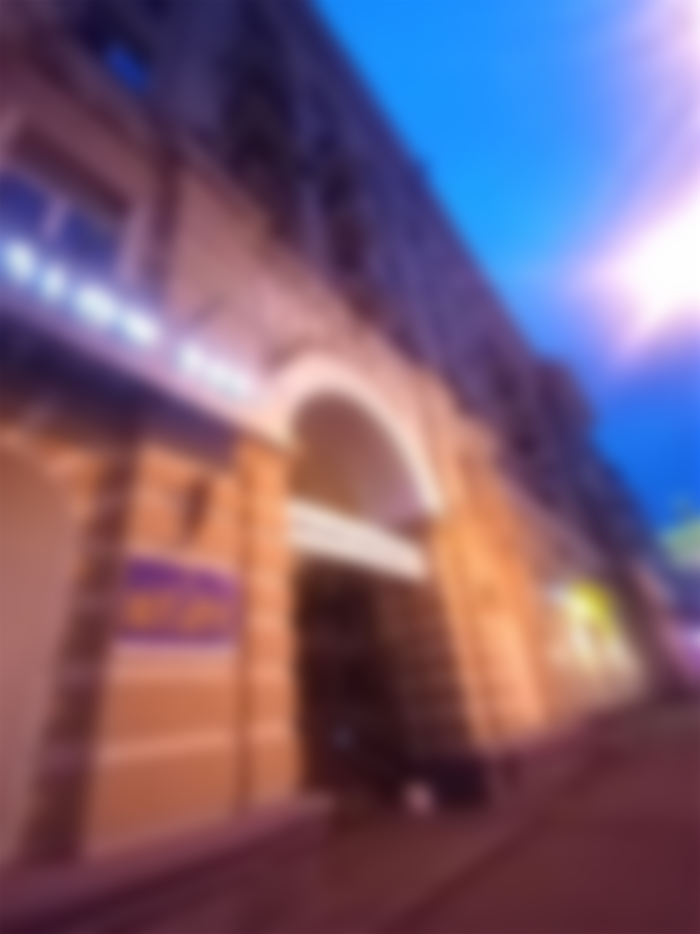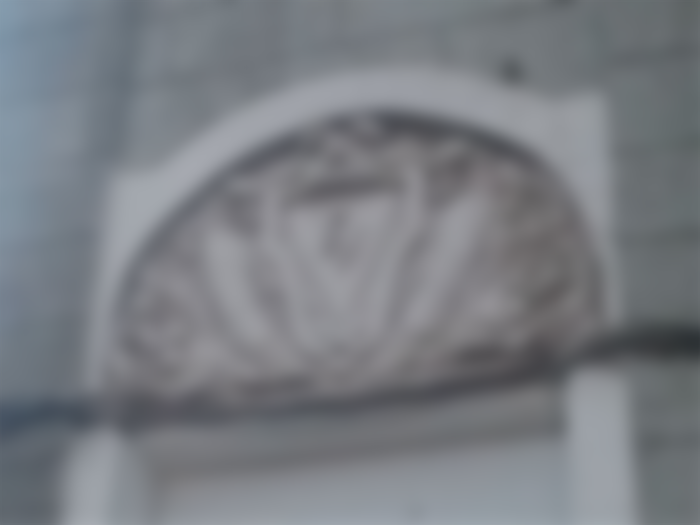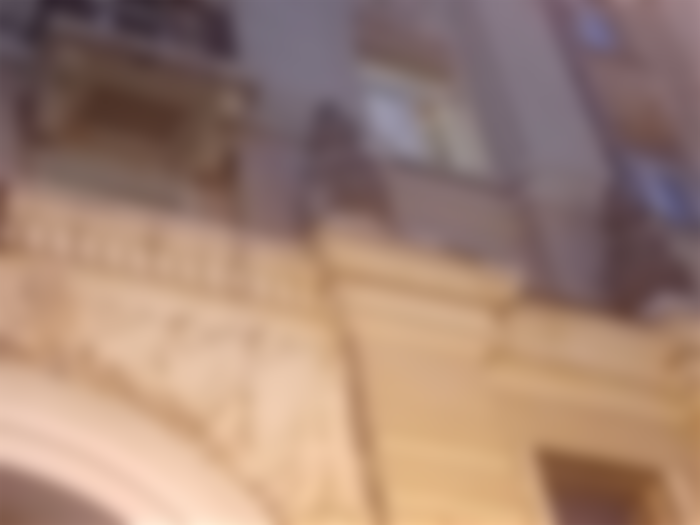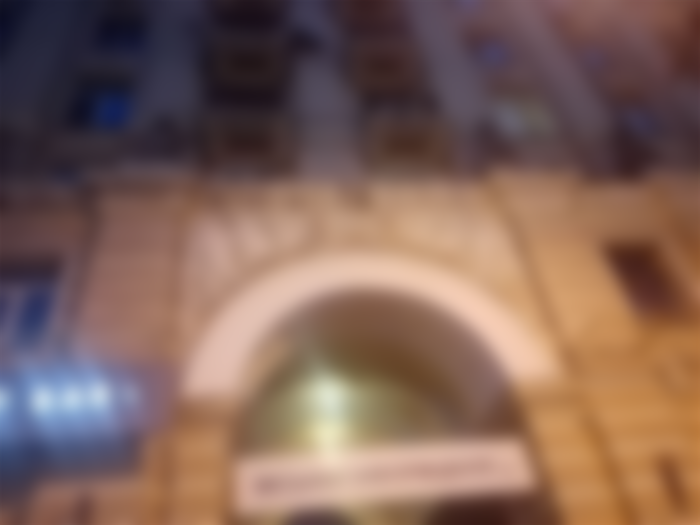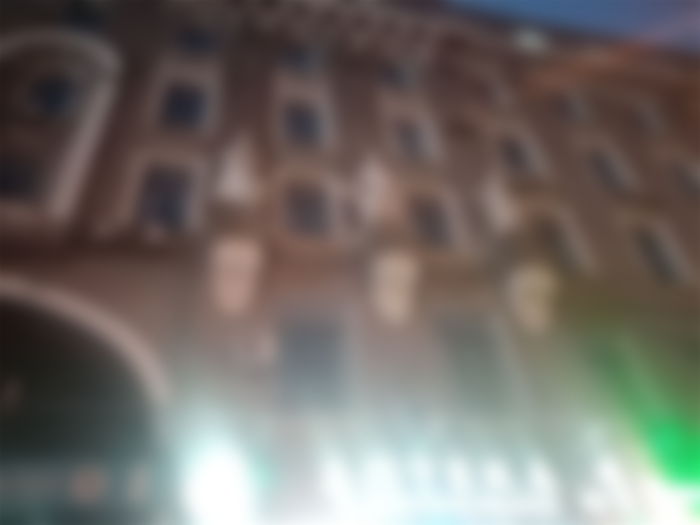As you walk down the drama-free and very pleasant streets of Kharkiv, you easily tend to forget that this place was once the very luxurious capital of the Soviet Union. It underwent massive changes with huge developments in fields of science, tech, art, and more. The simplicity of the city very deftly camouflages its rich past....

UNTIL YOU LOOK UP
Among the many Porsches, G-class Mercedes, Audis, and so on, there are the occasional Lada, Volgo, and so on. Among the beautiful modern buildings with shiny paint, there are the not-so-occasional cracked walls, shredding roofs, and laughed at buildings.
But if only others, just as I did, realize what these magnificent buildings really are.


These aren't some random old buildings. These are landmarks of history and staples of art. These are the material success of advancing science. These are signs of wealth and what wealth was once.
You would expect the old capital of the Soviet Union would be rather saturated with Stalinist architecture, than neoclassical architecture. I thought so too. Seems to be not true. The truth, however, is, Stalinist architecture wasn't efficient. Kharkiv has some incredible Stalinist buildings, and they are beautiful. But the real joy of the eye is much more available, in the form of neoclassical architecture.

As neglected as the buildings are, they are incredible to look at. The buildings carry so much history with them. It carries so much craftsmanship and creativity. So much luxury and almost feels like a time capsule. Most people walk right past them, and so did I until I realized how unbelievably lucky I was to see genuine neoclassical architecture in first-person.
I find it rather difficult to put a finger on the timeline, but it could be that Kharkiv always had a prestigious spot on the map during the time. It is believed that the then Russia, Ukraine and surrounding countries had some of the best neoclassical architectural examples, beating much of Europe.
I can only imagine how beautiful these buildings looked in their prime. Much of the elements seem to have been renovated for preservation. Most of the neoclassical buildings have either turned into government offices or highly valued business offices. Most, except few, are not given as much attention.
You can appreciate a genuine taste of neoclassical architecture in these buildings. The vastness of scale, parallel designs, use of columns to produce dramatization. It is majestic, in a nutshell.
The buildings I have shown here are residential buildings. You can see the typical signs of neoclassical architecture. The modillions, nobile windows, ionic columns, shouldered surround of the windows, a podium under the ionic columns, pointed pediments above the windows, statues of different meanings and poses, balustraded balconies of different designs, keystones with either inscriptions or faces, semicircular arched openings in almost all buildings, and so on.
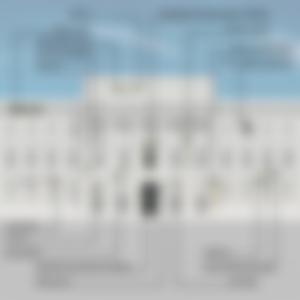
These incredibly gorgeous buildings can be seen scattered all around the city. In midst of the stale and boring kreshchovsky and panelky buildings, the neoclassical buildings stand out with much glamor.
Most of the buildings are gathered together in specific areas, and these areas have grown to be "posh". I am not sure if the real estate value of these areas has skyrocketed because of the neoclassical buildings, but they surely play a huge role.
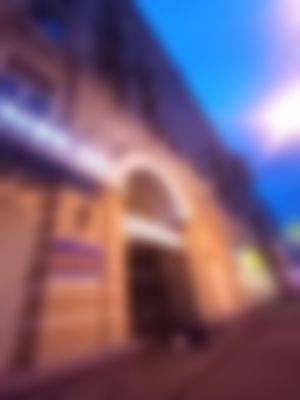
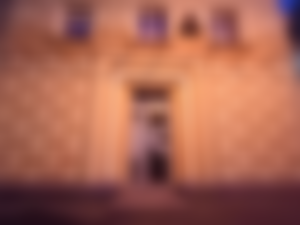
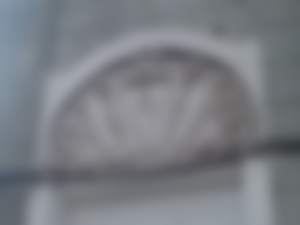

While walking down the streets of Kharkiv, make sure to look up once in a while. You never know which beautiful building stands in front of you. While most of the newer buildings are built for efficiency, both in labor and cost, they cannot match the elegance of the buildings shown here.
You may love modern architecture with glass facades or geometric designs, but many of those elements are present in Stalinist architecture, too. However, it is very rare to find neoclassical architecture adopted in a noticeable amount. The genuine buildings from the time keep the history alive.

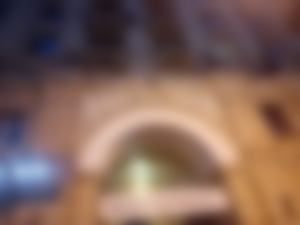
Sometimes I break into a chuckle. It is amusing to see buildings of so much history and untangible value be sorted off for an electronic market or something of the sort. But everytime I come across a building, which is very often now that I know what they are, I cannot help but stand in awe for a good minute and appreciate all the details of the buildings.
A feeling of ancient luxury and incredible toil comes over me. I seek the knowledge of what went through the head of the architect, what does each statue stand for, how were the lives of the people that enjoyed their time in such grandiose buildings, so many questions. It may be very likely I won't ever get the answers. But the buildings will forever remain as a time machine that takes me to a different dimension and, for a moment, appreciate the art to the fullest.


